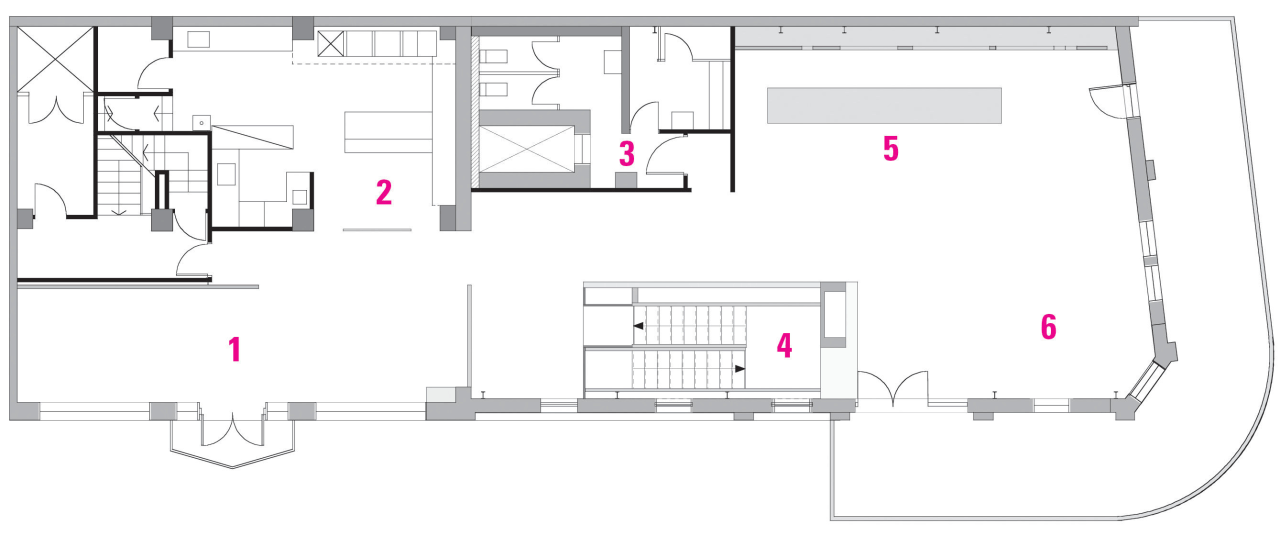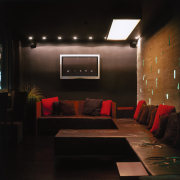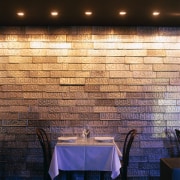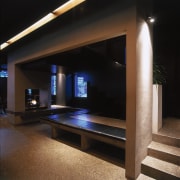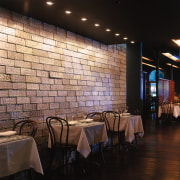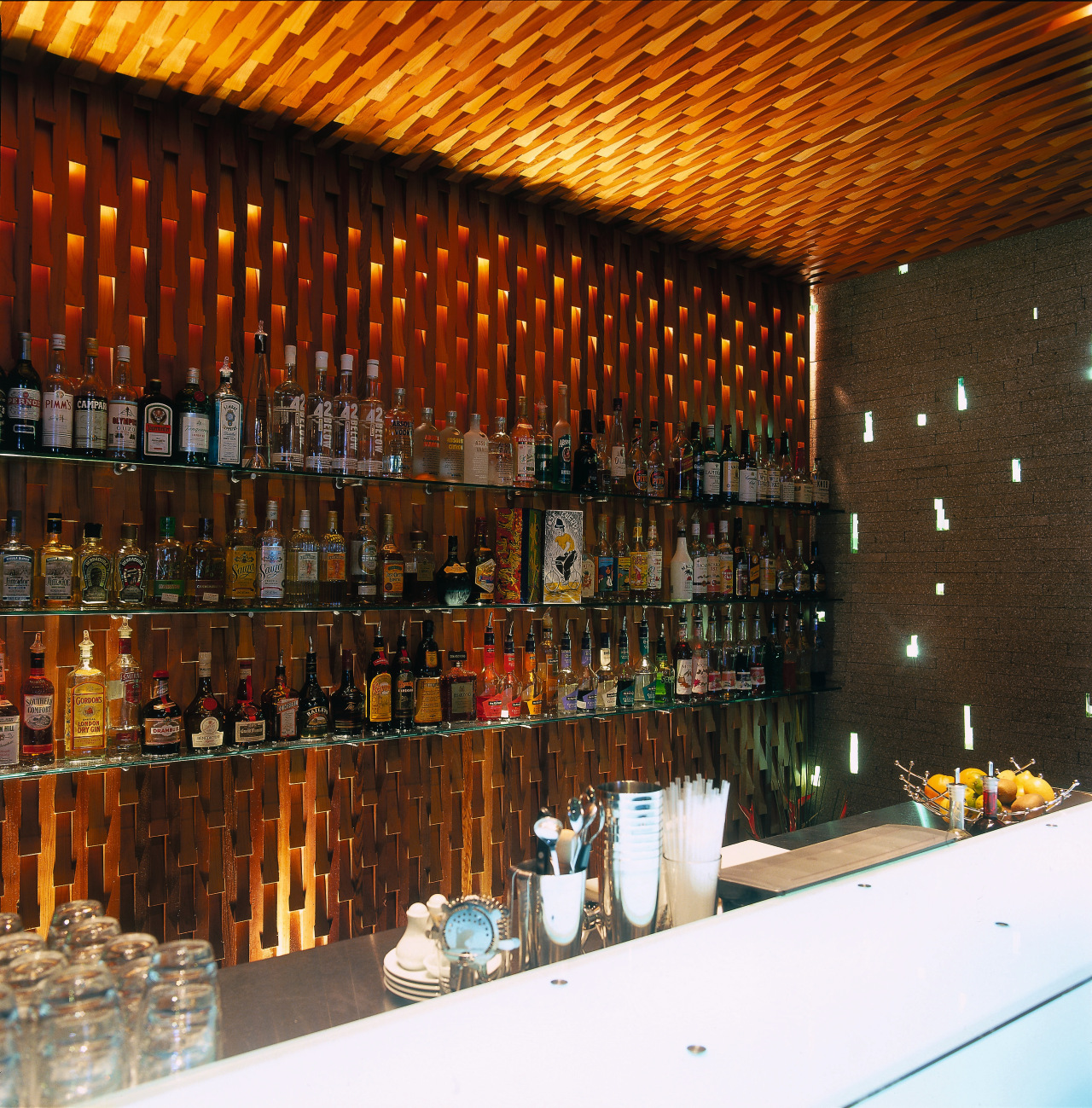Desert oasis
A Mexican beer provided the starting point for the fitout of this inner-city bar, which offers a contemporarytake on an often-used theme
Fitting out a historic building with a modern interior is commonplace nowadays. And, despite the juxtaposition of styles, the result is usually very successful.
Architect Tim Nees from New Work Studio won two awards a NZIA Local Award for Architecture, and a Dulux Retail and Hospitality award for his design and fitout of The Establishment bar and restaurant in a 100-year-old heritage-listed building.
His design called for the removal of any non-heritage features added to the building's exterior during the past century. The old parapet line was restored, the balconies retained, many of the original windows replaced, and the original ground-floor corner entry re-established. An additional entry was also created at the junction between the 1900 building and its 1920 addition.
Unlike the exterior, the scheme for the interior wasn't constrained by heritage considerations. Nees says the contemporary fitout creates a social focal point befitting the bar's corner location in the heart of the city's entertainment area.
"The interior was totally gutted to make way for new finishes," he says. "The aim was to create an alive, charged design using a relatively restrained material palette. It had to be smart, but comfortable, and adventurous without being intimidating."
The Establishment's house-beer, Corona, became a starting point for the new fitout its Mexican origins leading to a Nevada-Mexican desert feel.
"We represented this in a fairly abstract way in order to avoid cliche and obvious symbolism, and to create a sophisticated feel," Nees says.
With four separate bar and dining areas, The Establishment contains a ground-floor main bar, leading into a smaller cocktail bar. Up an open staircase is the restaurant and adjacent Lounge Room.
While each area has its own distinct look, Nees says these are simply variations on the contemporary desert-style theme.
Repetition and random patterns were key features behind the design, with materials and finishes carried through from one area to another.
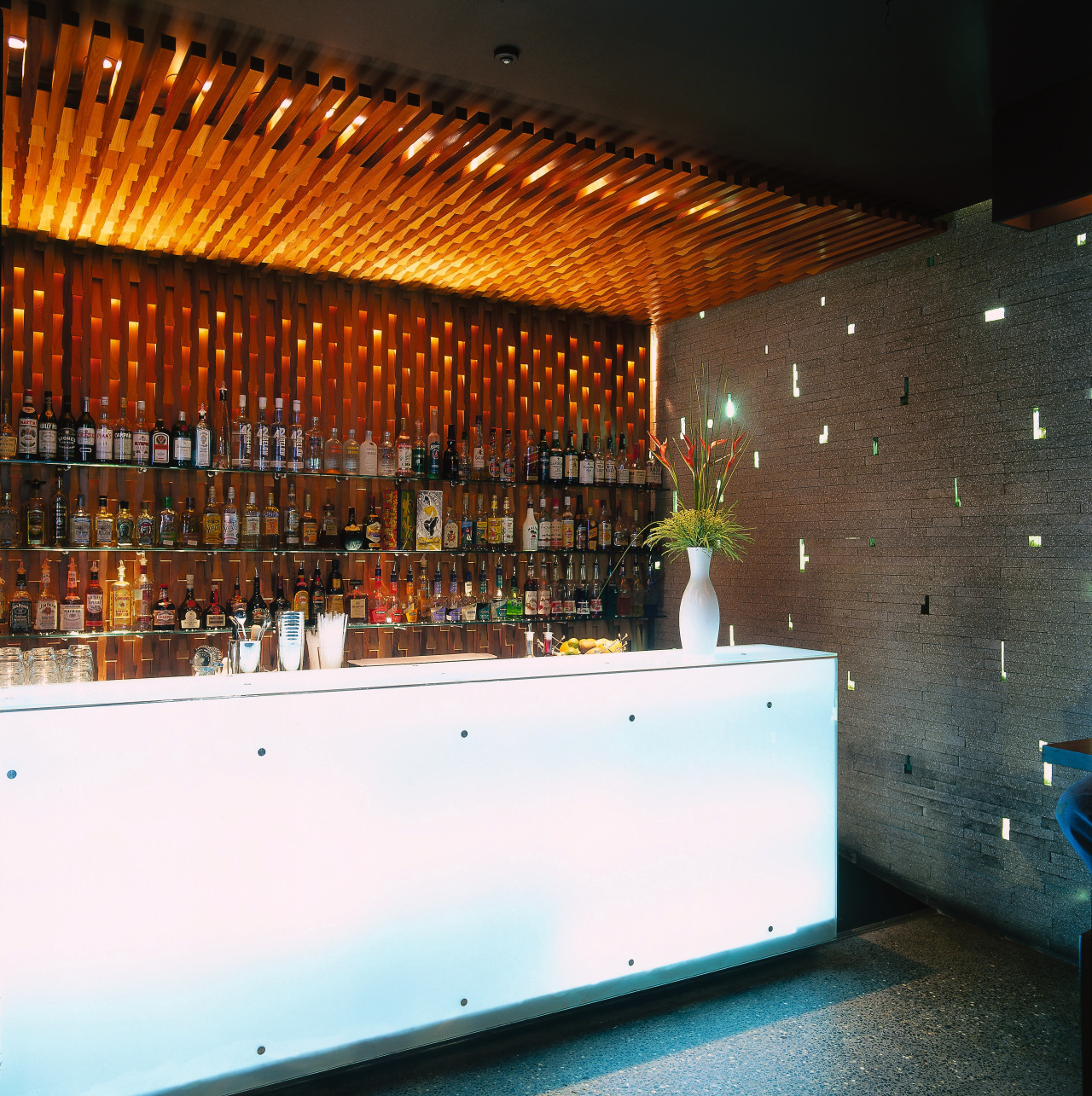
As a smaller, more intimate space, the downstairs Tequila Bar features a finer level of detailing. Timber screens on the rear wall and ceiling above the bar add warmth and visual interest.
The same material is used upstairs in the form of a box-patterned, freestanding timber panel that divides the bar and restaurant spaces.
The downstairs Main Bar and the Lounge Bar on the level above feature similar detailing, using leather seating and polished concrete and timber floors, as well as plaster walls.
An unusual feature of the upstairs restaurant area is the use of obsolete car licence plates on one of the walls.
"We thought about elements you'd find in the desert and how these could be translated into finishes," says Nees. "Discarded number plates are part of the detritus along a desert highway. We used these reverse side out, to make them more abstract and subtle."
Credit list
Story by: Trendsideas
Home kitchen bathroom commercial design
Walk this way – garden pathways to lead your thinking
From farmhouse to farmstead
Objets central
